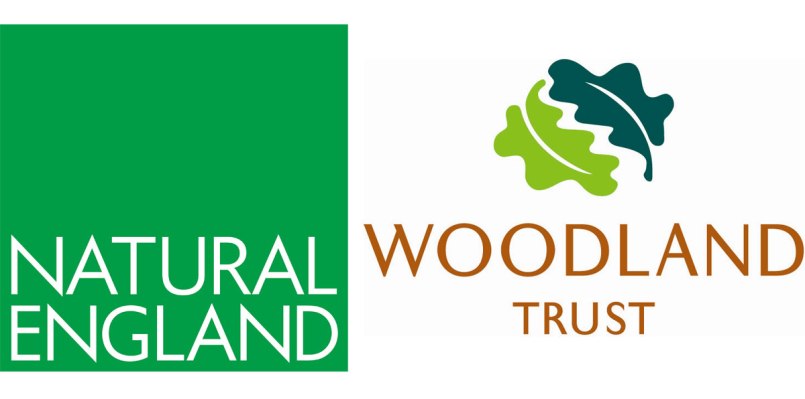In so many cases where the abundance of wild species is falling, there is often a link with human activity, whether it is connected to pollution, changing climate and weather patterns or the loss of habitat from the development or depletion of natural features in the landscape. But where research is done to identify these causes and their subsequent knock-on effects to other species, it provides us with an opportunity to do something about it before it is too late. Recent research around East Dartmoor is a case in point, where greater understanding of one species demonstrates how it relies on another group of species and the habitat that they need to survive. As with all ecosystems, everything is connected.

A recently published report resulting from field work on the barbastelle bats in the woods of the Bovey Valley completes a suite of scientific papers produced after a radio tracking project in 2015. The lead author of the paper, Andy Carr spent several months recording the movement of this rare species of bat around its roosts in the woods and the foraging grounds over the surrounding hilly countryside. The report starts with a high impact statement on the threats to woodland bats and presents the reader with a sense of urgency to act, but then it goes on to offer a cause for hope.
“Loss of foraging habitat and reductions in insect prey are key factors responsible for declines in bat populations. Identifying important bat foraging habitats and the ecological requirements and conservation status of prey provides evidence for appropriately targeted conservation management strategies.”
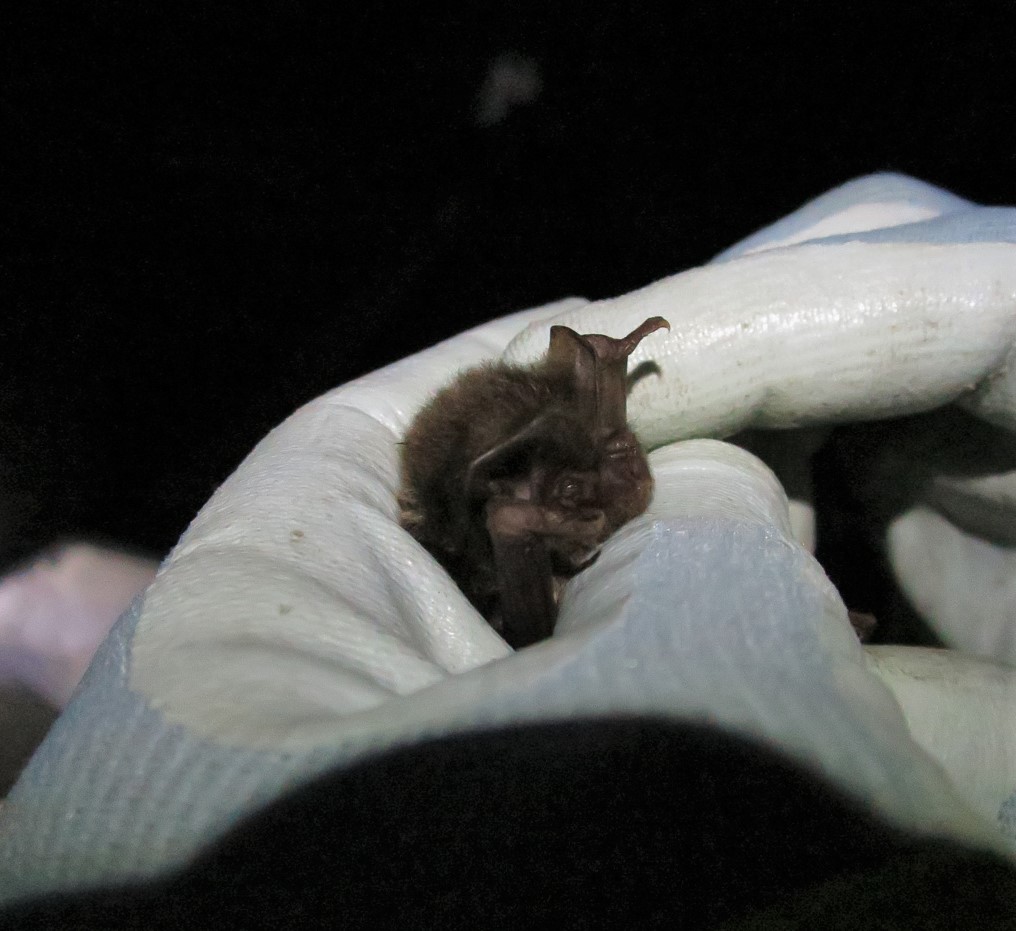
He explains further that “We examined the foraging habits of the barbastelle (Barbastella barbastelles) at the northern edge of its European range using a combination of radio tracking, to determine home range use and habitat selection, and DNA metabarcoding, to identify prey items consumed. Riparian vegetation and broadleaved woodland were the habitat types most strongly selected by foraging bats. Hedgerows within pastoral habitats were also important foraging features within the landscape.” Concluding that, “Riparian habitat, broadleaved woodland and linear landscape features such as hedgerows should be managed to improve their value to foraging B. barbastellus as well as the developmental stages of their preferred moth prey.”


Willow and blackthorn – essential hedgerow food plants for moths
To see how that conclusion was reached, the scientific vernacular and technical terms in the paper must be picked through, revealing how the latest techniques to analyse the captured bat droppings led to “… the most comprehensive list to date of prey consumed by B. barbastellus … evidence that conservation management policies should target the protection and enhancement of key B. barbastellus foraging habitats within a 6.5 km sustenance zone around maternity roost sites.”
They achieved this scientific step forward by collecting samples of barbastelle droppings during the time when bats where being fitted with radio tags. These samples were later analysed using DNA barcoding to determine the array of prey in their pellets. It is already well known that this is an insectivorous bat, but the research establishes that, “The large majority (97%) of prey items consumed have larval stages dependent on host plants that are typically found within habitats selected by foraging B. barbastellus.”
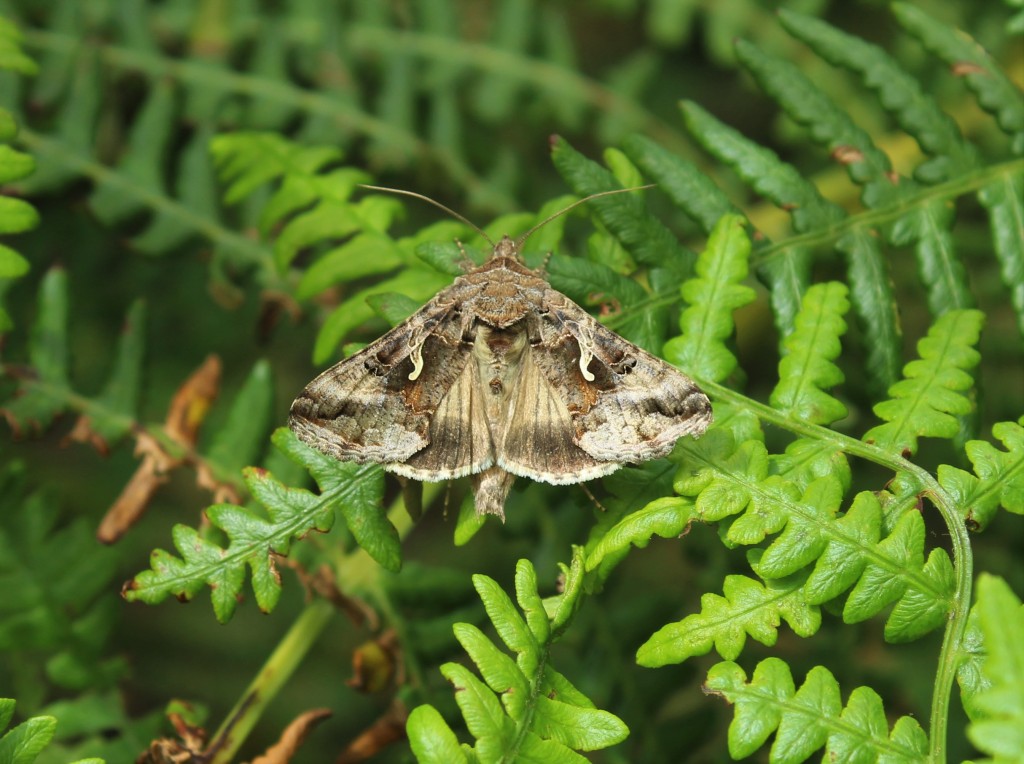
Once the dependence of predator on prey is so clearly revealed, the concern for the bat species is that “Almost half of all moth prey species identified have undergone considerable population declines in recent decades.” To fully understand the processes that are at work here, more research needs to be done but, among the many reports on this worrying decline, Butterfly Conservation states that many amphibians, small mammals, bats and many bird species rely on the moths and their caterpillars that are rapidly disappearing. One example of this is the pink-striped Blood-vein that has declined by 73% since 1968.
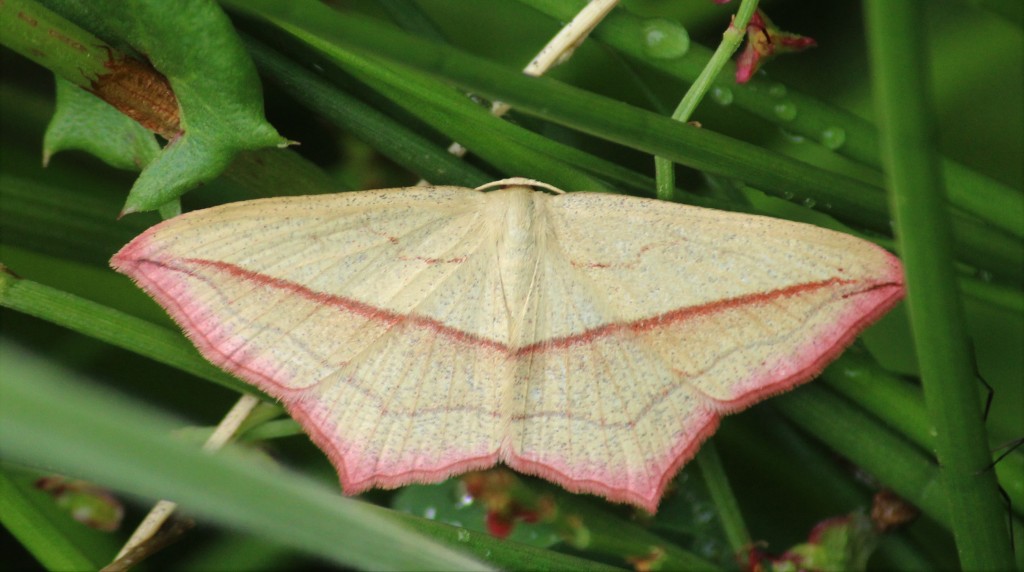
So, the research clearly demonstrated the value of connected woodlands and hedgerows in the landscape as they provide the caterpillar food plants for many of the moths the bats prey on. They may not be rare or unusual plants but are essential for so many reasons. Typical hedges contain blackthorn, willow and hazel shrubs or lower growing plants on the margins including sorrel that supports the Blood-vein moth; these connective habitats are vital for so many species. And what does this reveal for those interested in conservation of wildlife habitats? Loss of hedgerows is significant at 50% since the 1940s and is a concern as these features are key habitats for bats and their insect prey.
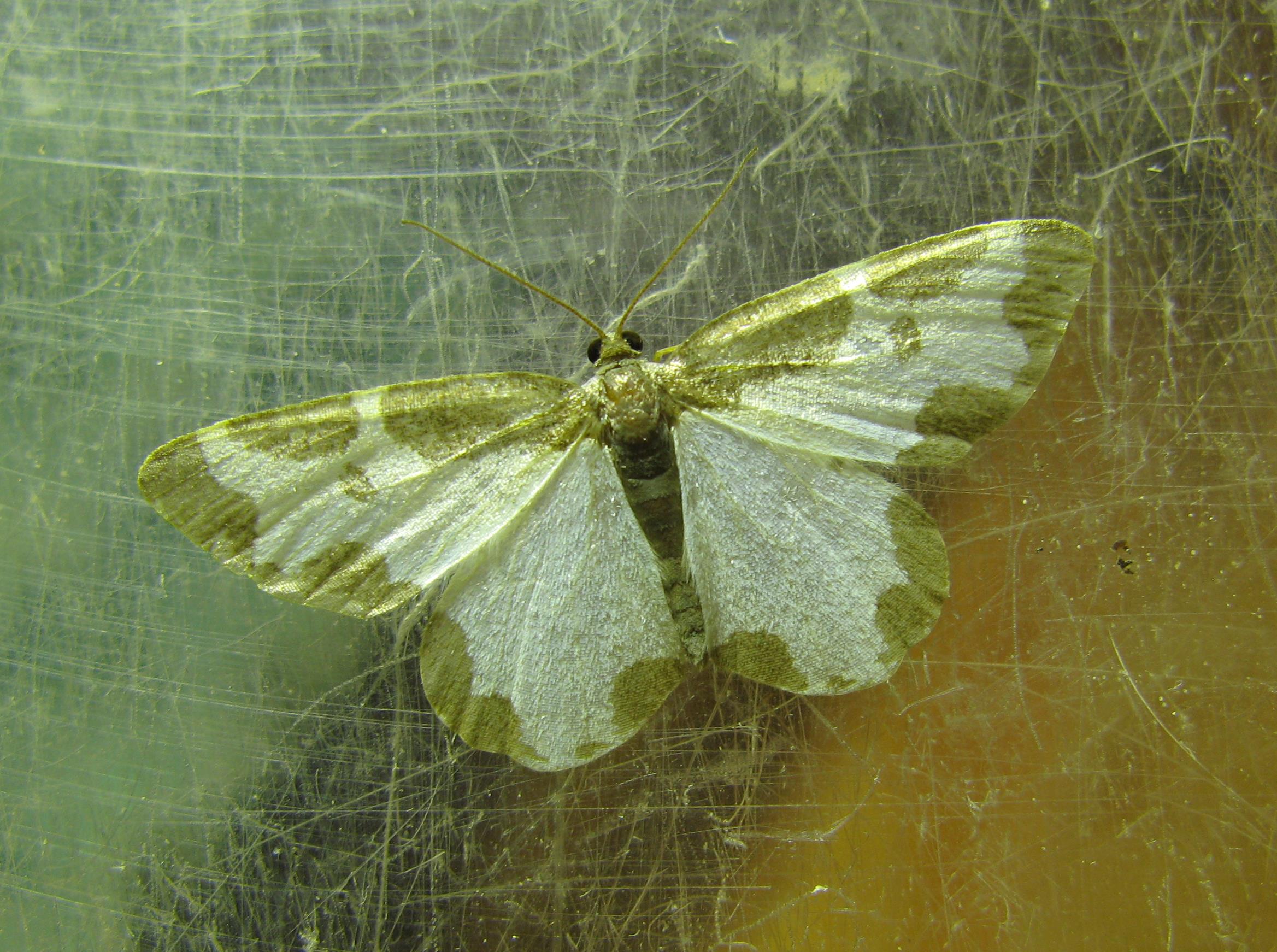
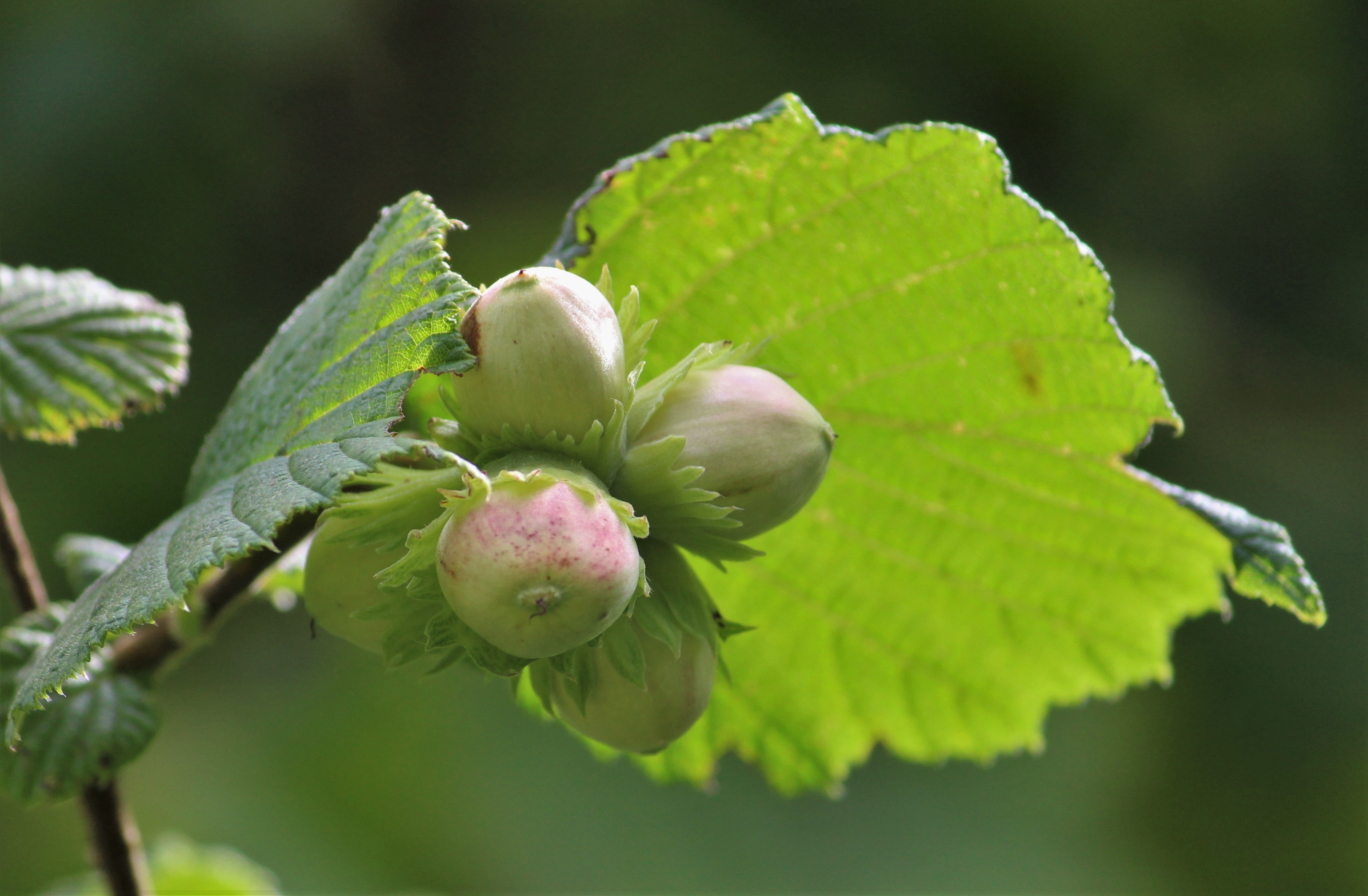
Clouded Border (Lomaspilis marginata); Larvae feed on hazel and willow, common hedgerow plants
Through the work of Andy Carr and his colleagues, we are already reaching a better understanding of the importance of old growth woodland and the roost features it supports but a more complete picture is provided by this additional research. We need to ensure that the whole web of life is considered when making changes and developing the landscape. These woodland roosts and favoured foraging sites where healthy insect populations may be found MUST be connected with a healthy network of hedgerows, as the paper concludes by saying, “Hedgerows may be particularly important as they can support a diverse range of flora, if managed sensitively, that are required as food plants by moth larvae. Or, in the words of the conservationist, John Muir, “When one tugs at a single thing in nature, he finds it attached to the rest of the world.”
By Matt Parkins
Read the full research paper here: Acta Chiropterologica, published by the Museum and Institute of Zoology at the Polish Academy of Sciences, is devoted solely to the study and discussion of bats.
